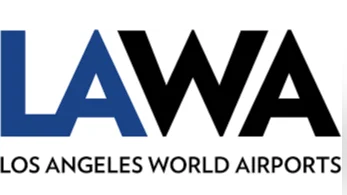For anyone who has flown, it is well-known that every airport has a unique three-letter code associated with it. From tickets to barcoded luggage tags to boarding passes, these IATA-administered codes are ubiquitous. A significant portion of the world’s airports have codes that make sense in relation to their respective city or historical name. However, Canadian airport codes begin with the letter Y. The reason behind this lies in Canada's history and its aviation system.
In the early days of aviation, radio stations across Canada were assigned two-letter codes by the International Telecommunication Union (ITU). When commercial aviation began expanding, these two-letter codes became insufficient due to the increasing number of airports requiring distinct identifiers. Consequently, a third letter was added to create unique three-letter airport codes.
The initial decision was made for consistency: all major Canadian airports received a "Y" prefix followed by the existing two-letter radio station code. For instance, Toronto's Malton Airport's radio station code was "YZ," which led to its current code "YYZ."
 Alerts Sign-up
Alerts Sign-up




































